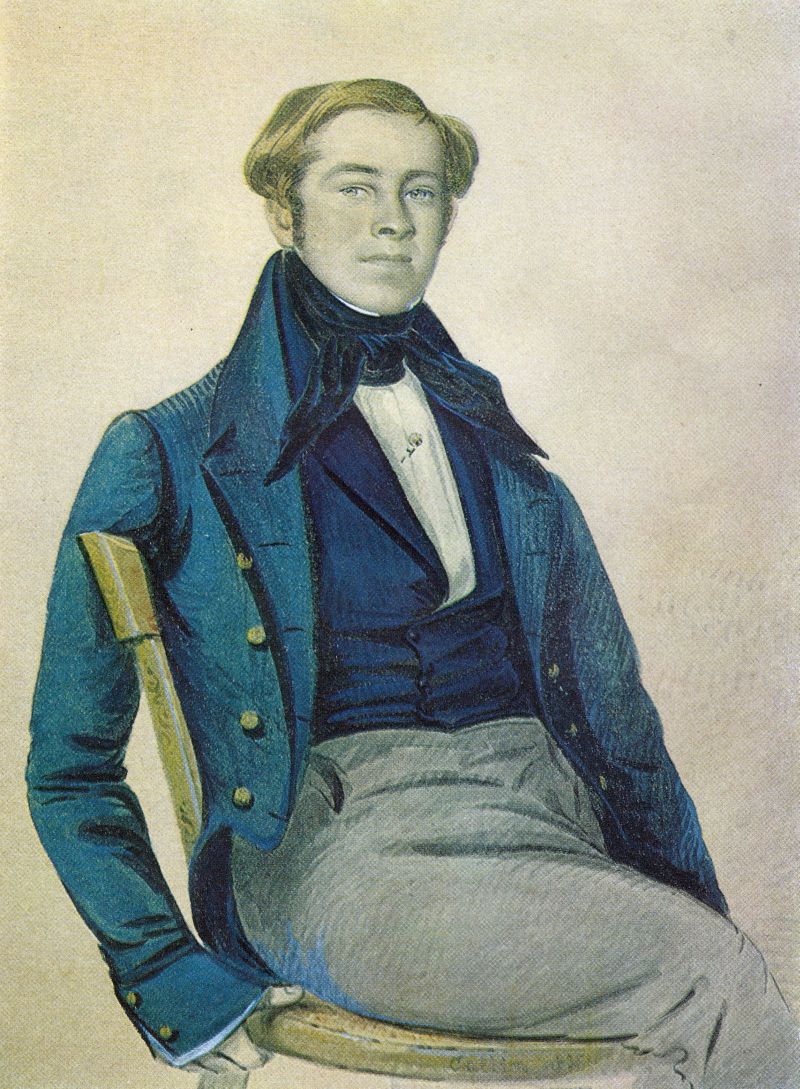On the afternoon of June 2, 1875, two young men bent over work benches in the hot and stifling garret of a five-story brick building occupied by the electrical workshops of Charles Williams, at 109 Court Street, Boston. They did not speak to one another, for they were in separate rooms some sixty feet apart, at opposite ends of the floor. Between the rooms ran a length of wire.
The younger of the two men was Thomas A. Watson, twenty-one years old, a native of Salem who had left school at the age of thirteen but had become, during several years of employment at the workshop, an able and imaginative technician. His skill had been tested in the construction of virtually all the devices required by Williams’ clients—call bells, telegraph keys, galvanometers, annunciators, relays, sounders. He had, moreover, read nearly all of the few books on electricity then available, in the morning of the electrical age. His fingers were deft, his intelligence keen.

